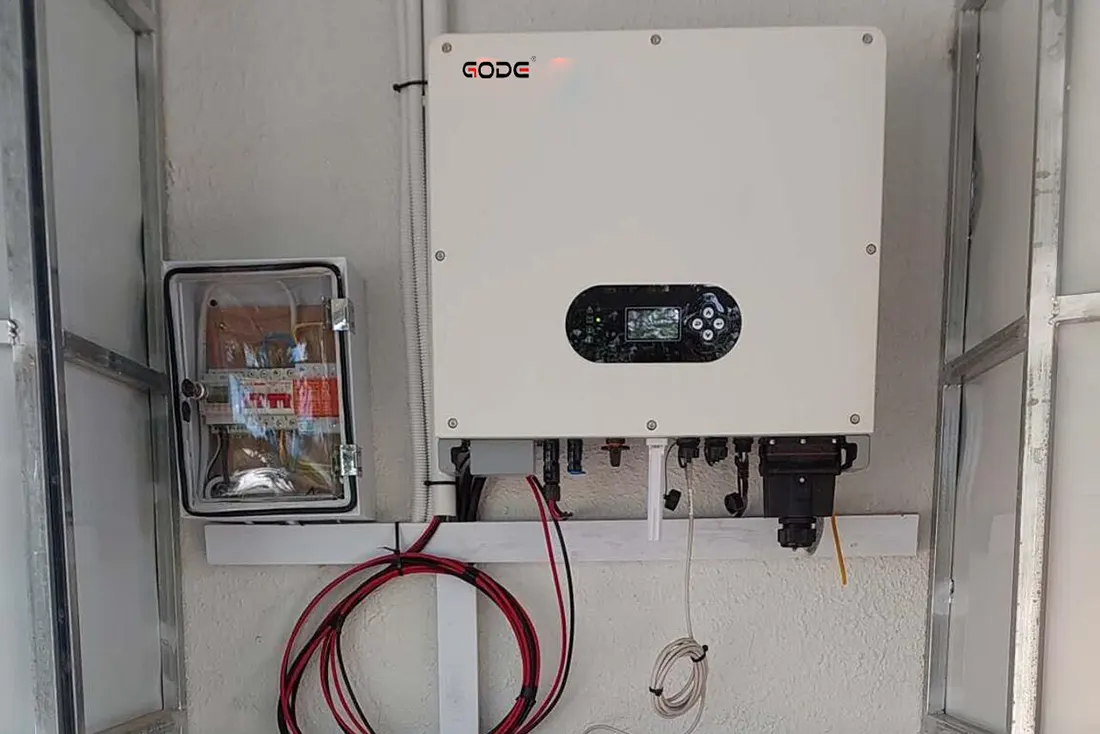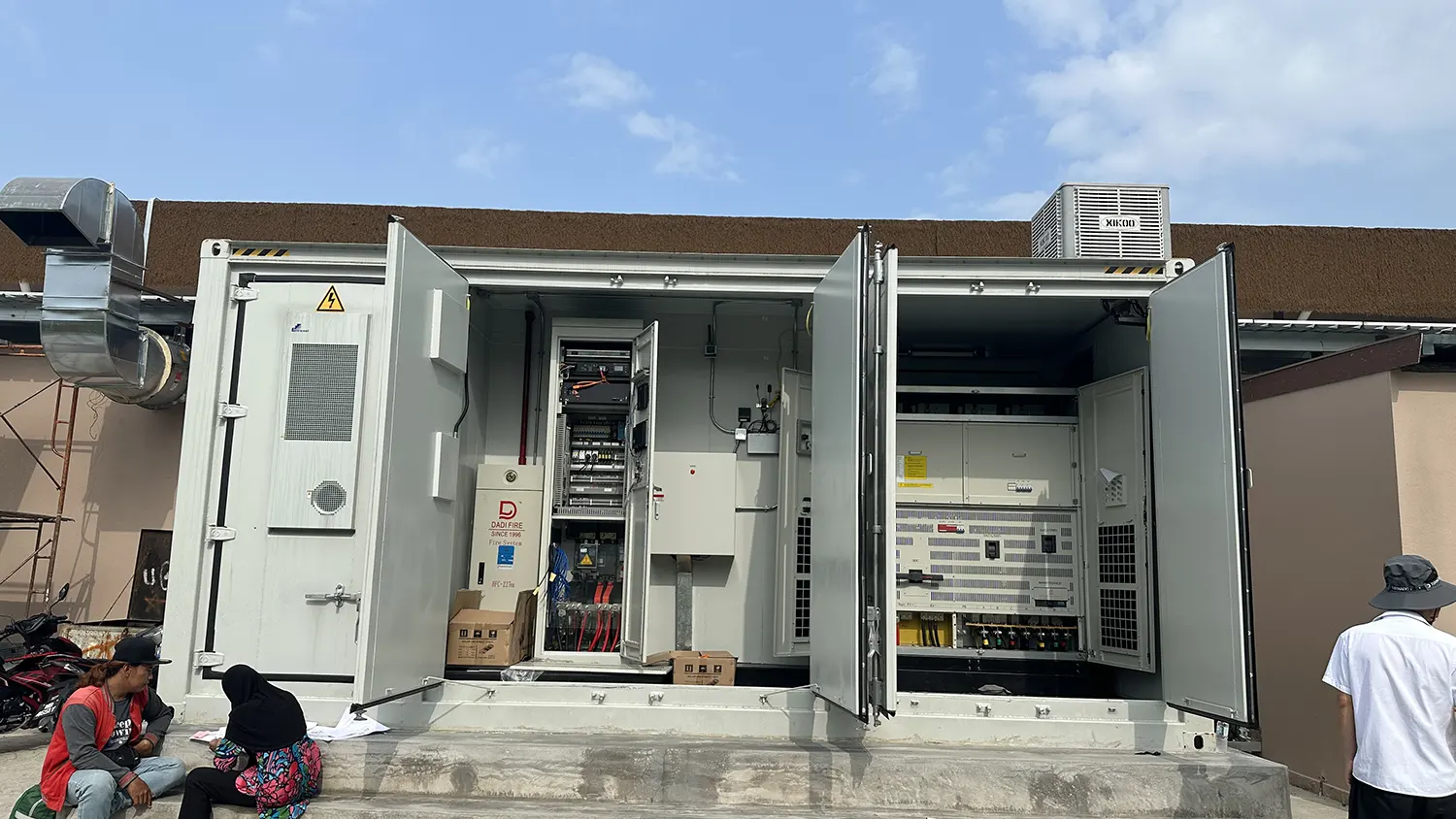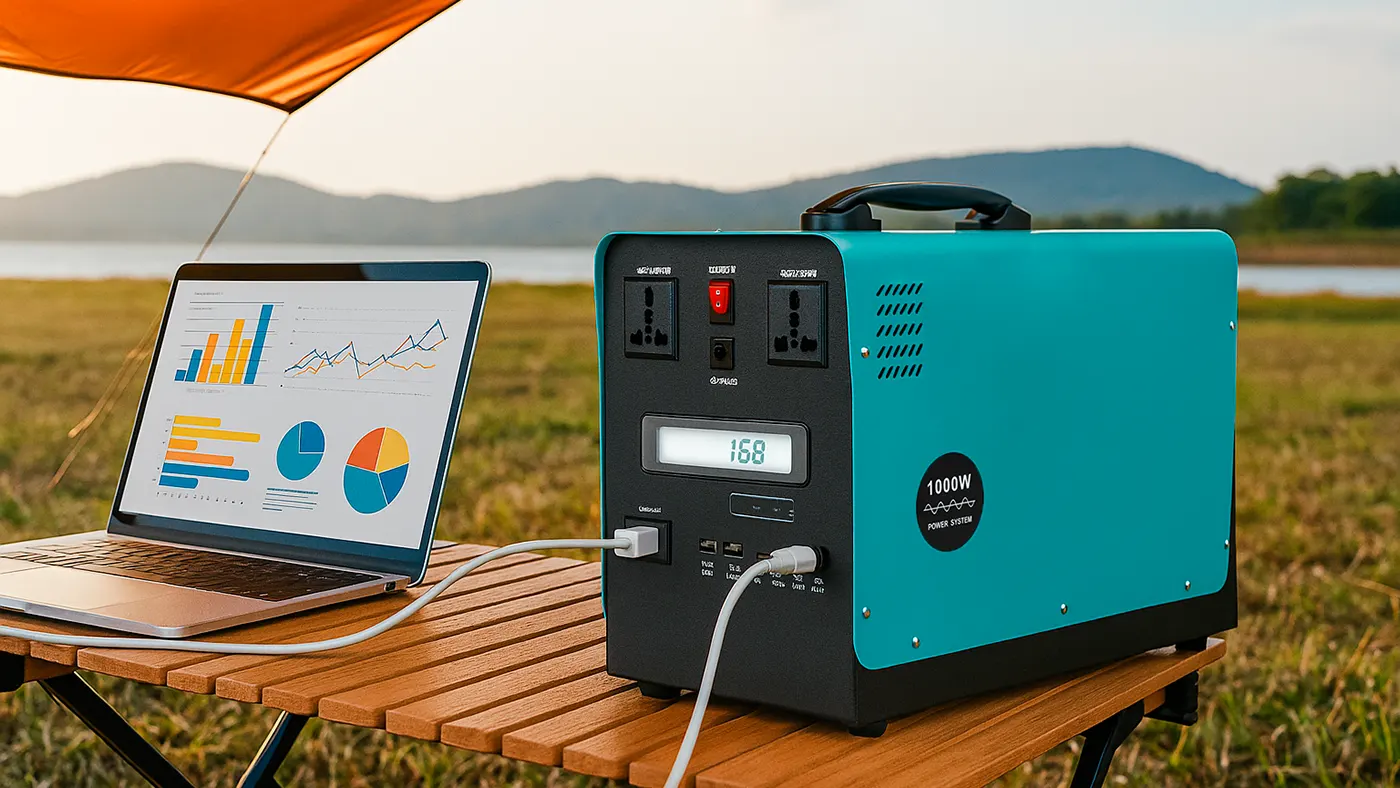15 August, 2025
What Size Solar Generator Do I Need? 4 Essential Steps for Choosing the Right One
Learn how to calculate the required solar generator size, covering power, capacity, peak power, and solar panel configuration, helping you select the best generator for home, RV, camping, or off-grid living.
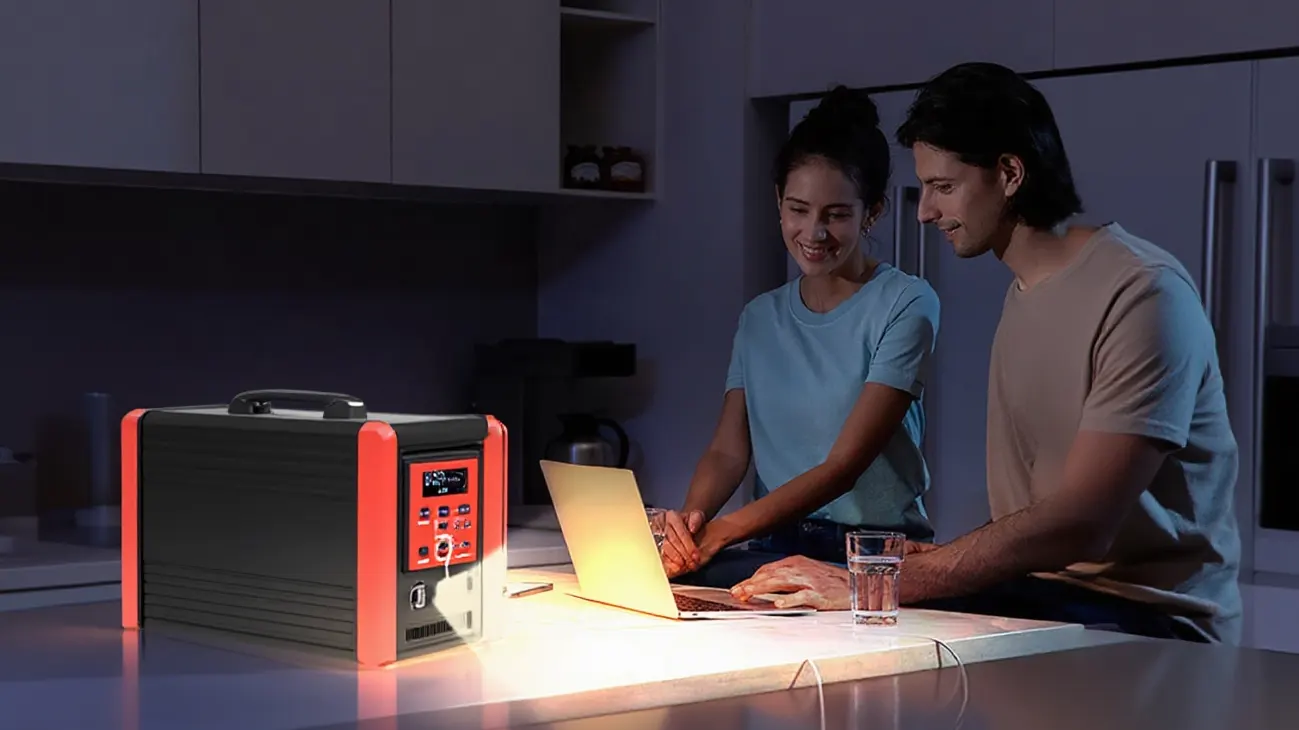
In recent years, extreme weather events, rising energy costs, and a more fragile power grid have made reliable electricity more important than ever. Whether it’s an unexpected blackout or an adventure in a remote location, having a dependable power source is not just convenient—it’s essential. Imagine keeping your refrigerator running during a blackout, charging your phone and laptop miles away from the nearest outlet, or powering tools on a construction site far from civilization.
Solar generators can do all this without the noise, emissions, and fuel costs of traditional gas generators. They provide clean, renewable energy that is available whenever there is sunlight. This makes them a smart investment for emergencies and everyday energy savings.
However, not all solar generators can handle the same load. Choosing the wrong size could leave you without power when you need it most, or overspending on unnecessary capacity.
So, what size solar generator do you actually need? In this guide, we’ll walk you through calculating your energy requirements, exploring different capacity options, and helping you find the best solution for home, RV, camping, or off-grid living.
What Is Solar Generator Size
The “size” of a solar generator refers to its energy storage capacity, not its physical dimensions. Capacity is usually expressed in Watts (W) and Watt-hours (Wh).
- Watts (W): Represents the instantaneous output power of the generator, determining whether it can run a particular device.
- Watt-hours (Wh)/Kilowatt-hours (kWh): Represents the total stored energy, determining how long a device can run.
For example, a 1000W solar generator can power devices totaling 1000W at the same time. If it has a capacity of 2000Wh, it can run a 200W device for about 10 hours (2000Wh÷200W = 10 hours) when fully charged.
Factors Affecting Size Selection
Choosing the right size solar generator means ensuring it can meet all your power needs. Too small a capacity will leave devices without power in critical moments, while too large a capacity increases cost and waste. Consider these key factors before purchase:
Total Power Consumption
This is the basic factor determining generator specifications. Common appliances like air conditioners and kitchen appliances consume much more power at the same time than laptops or phone chargers. If total power exceeds the generator’s maximum output, it cannot run all devices simultaneously.
List all devices you plan to power and calculate their combined wattage when running simultaneously.
Common device power references:
- Phone charger: 5–10W
- Laptop: 50–100W
- Refrigerator: 150–300W
- Microwave: 800–1500W
Battery Capacity (Wh/kWh)
Once you know which devices the solar generator will power, calculate how much capacity is needed to run them continuously.
Multiply the total device wattage by the number of hours you want to run them: Watts (W)×Hours (h) = Wh.
Example: Suppose you want to charge a laptop while running an air conditioner for 3 hours.
Laptop = 50W, Air conditioner = 1000W, (50W+1000W)X3h = 3150Wh.
This is the minimum required. Add 20–25% extra to account for Depth of Discharge (DOD) and energy loss (usually 10–15%).
Battery size determines runtime. Larger batteries allow longer device operation but increase price, size, and weight.
For example, the GODE DQ1412 (1500W Portable Solar Generator) can power a 1000W air conditioner for approximately 1.5 hours on a single charge, run a 180W refrigerator for 10 hours, and charge a 60Wh laptop up to 30 times consecutively. It is highly suitable for light travel and off-grid living, supporting both solar and AC charging, making it extremely convenient—just plug in and go, perfect for portable use.
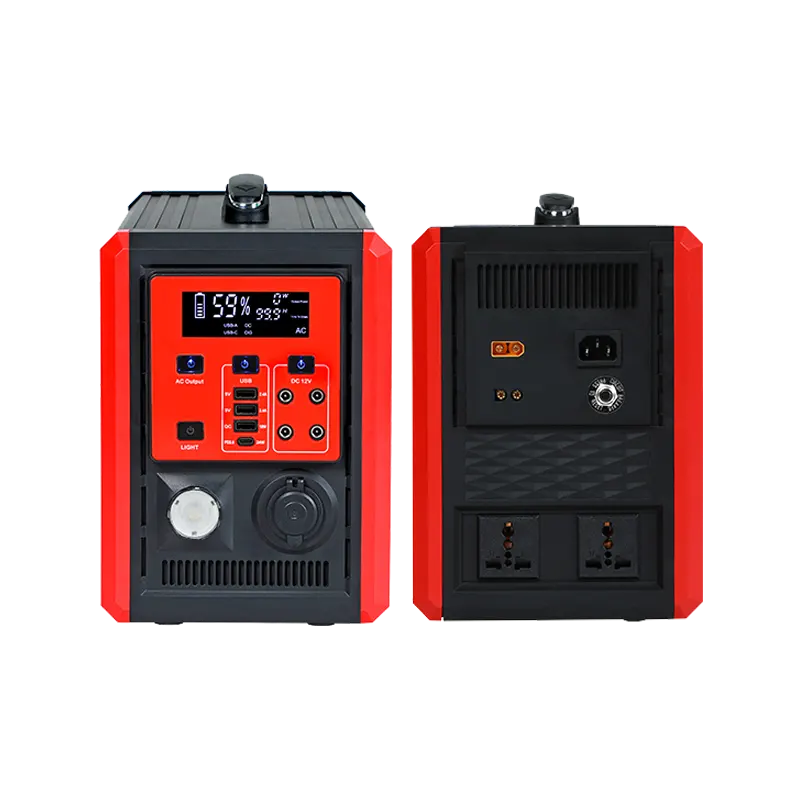
Inverter Output (W)
The inverter converts stored DC battery power into AC power for your devices. Its rated output determines whether multiple high-power devices can run at once.
For example, a refrigerator running at 150–300W may spike over 1000W at startup, and microwaves run 800–1500W. Running them simultaneously may overload the inverter.
If the inverter’s output power is insufficient, the generator may overload and automatically shut down, causing devices to stop running. Therefore, when selecting a solar generator, you should not only consider the rated output power but also pay attention to the peak power to ensure it can handle the instantaneous power surge when devices start.
Solar Panel Input (W)
High input power allows faster battery charging and ensures more energy during cloudy or short daylight days.
For off-grid users (RV travel, remote work, or living off-grid), higher solar input is critical to maintain daily energy balance. Aim for panels that can fully charge the battery in 4–6 hours of sunlight.
For example, the GODE DQ1412 not only supports high-power solar input, allowing it to charge from 20% to full in approximately 4 hours, but even under poor sunlight conditions, it can also be quickly charged via AC power.
Steps to Choose the Right Solar Generator
Based on the factors mentioned above, we can systematically determine the required capacity of a solar generator. The specific steps are as follows:
1. Calculate Total Power Demand
First, list all the devices you plan to use and record the rated power of each device. This information is usually indicated in the device specifications. Add up the power of all devices that will run simultaneously to obtain the total wattage.
If you don’t know how to calculate, you can refer to the article “Estimating Appliance and Home Electronic Energy Use” for detailed calculation methods.
2. Calculate Device Runtime
For each device, determine how many hours you want it to run continuously. Multiply the device’s power by its runtime to obtain the required watt-hours for that device.
3. Determine Total Battery Capacity
Add up the watt-hour requirements of all devices to get the total required capacity (Wh). To ensure battery longevity and reserve margin, it is recommended to increase the calculated result by about 20%, considering the battery’s depth of discharge (DOD).
4. Confirm Inverter Peak Power
When choosing a generator, you should not only pay attention to the battery capacity but also check the inverter’s rated power and peak power. Ensure that the generator can handle power surges when devices start or when multiple high-power appliances run simultaneously, preventing overload shutdown.
By following these four steps, you can select the solar generator that best fits your actual needs, avoiding wasted budget while ensuring that critical devices remain powered during emergencies.
Common Mistakes and Buying Advice
Underestimating Power Consumption
Many people only calculate daily light loads (phones, laptops) but forget high-power appliances like refrigerators or air conditioners in emergencies. If you calculate based only on “daily light loads,” you may find your power far insufficient during critical moments. Therefore, when making a power list, be sure to include devices that must run in emergencies and consider their simultaneous operation time.
Ignoring Peak Power Requirements
The startup power of devices can be 3–5 times their running power. For example, a refrigerator with a running power of 150–300W can spike to over 1000W at startup.
If the inverter’s peak power is insufficient, the generator may overload and automatically shut down, causing devices to stop or even get damaged. Therefore, when choosing a solar generator, you should not only consider the rated output power but also ensure that the peak power can cover these instantaneous surges.
Choosing Solar Panels That Are Too Small Leads to Slow Charging
Many users, to save costs, only equip a low-power solar panel, only to find that it takes a long time to recharge the battery after it’s depleted, especially in cloudy weather, winter, or regions with short sunlight hours.
Insufficient solar panel power will prevent the daily charging from meeting daily consumption, creating an “energy deficit”
and eventually depleting the battery in a few days. For users who require long-term off-grid use (RVs, remote construction, camping), it is recommended to choose panels that can fully recharge the battery in at least 4–6 hours of effective sunlight.
Conclusion
Choosing the right solar generator requires considering power, capacity, inverter output, solar panel input, and actual usage scenarios. A generator that is too small cannot meet your needs, while one that is too large increases budget and burden. Using the method described in this article, you can accurately calculate your power requirements and select the optimal solution that meets both emergency and everyday needs.
Solar Generator Size: FAQs
share

